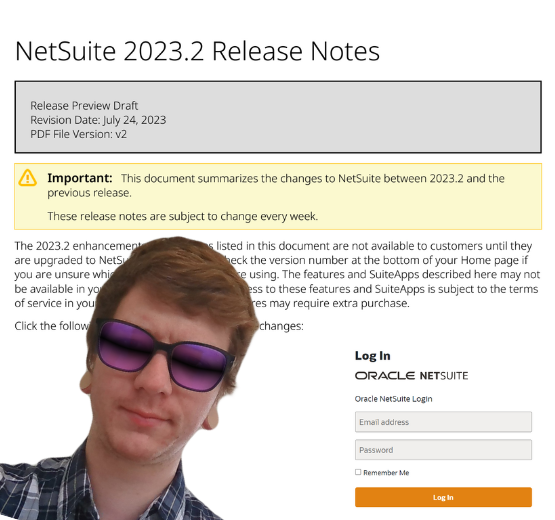When Covid-19 cases and hospitalisations started to once again rise rapidly, The Independent Scientific Advisory Group for Emergencies (SAGE) cited research that revealed 46 per cent of workplaces are not socially-distanced. Four days later on 22 September, Michael Gove told us to ‘work from home if you can’. With the pandemic putting a strain on even the most successful of businesses, hard times (and in some cases even harder decisions) lie ahead for organisations who provide services to those who are the most in need. The third sector is reaching a watershed moment.
In some respect, the challenges faced by the third sector are nothing new, from the high expectations of donors to building trust in areas such as charity management. However, now 91 per cent of charities have or predict to see their cashflow disrupted in the months since national lockdown, with 25 per cent also reporting an increased need for services. With coronavirus further pushing organisations to the brink, they are being forced to think fast on their feet.
The role of technology – whether updating existing systems or undertaking a complete digital transformation – is helping the non-profit sector to stay afloat, particularly with the introduction and integration of cloud solutions. But what exactly does this look like for the teams involved, and how does it promise to support organisations and their endeavours to gain and retain donors? To remain both fully functional and efficient, leaders should take the time to reflect on the efficiency of their current processes and plug technology gaps quickly. A single, central cloud platform removes ineffective and error-filled spreadsheets and other documents – which could now be scattered across a multitude of laptops while teams are working remotely. Collaboration – just like you used to in the office – is possible once more with the cloud. Furthermore, smart workflows, machine learning and automation are off-the-shelf features that give back precious time to a workforce, allowing them to spend more time on strategy, activities that deliver tangible results, and most importantly, shifting their focus to the customer experience. This is what will breathe new life into so many charities.
Bringing Donor Relationship Management (also known as Customer Relationship Management or CRM) and a multitude of other intelligent cloud apps together under one roof, Microsoft Dynamics 365 delivers real-time insights with real results. We know from our customers – such as Water Aid – that the solution is central to turning potential donors into loyal supporters effectively… and they’re able to do this working from home. With the market ever competitive and customers seeking more personalised, omnichannel experiences, a solution like Microsoft Dynamics 365 can help non-profits to better understand their audiences and allow them to reach out to them in the right way, at the right time. With the pandemic prompting businesses everywhere to accelerate their digitisation journey – 97 per cent of decision-makers said Covid-19 has sped up digital transformation at their company – now is the time for the third sector to follow suit.
From everyday inefficiencies to the absence of suitable software, charities continue to face their own unique challenges when it comes to transformation – partly due to budget and lack of resources available to them. Not only can Microsoft Dynamics 365 offer smaller organisations an affordable solution (as it eradicates in-situ infrastructure costs), but it can also adapt to grow and adapt to fast-changing needs – a unique and useful offering given these unprecedented times. Wherever not-for-profit organisations happen to be on their journey and wherever the workforce is based, users can start small and build up their solution over time, at their own pace:
- Marketing automation and sales collaboration – for marketing
- Omnichannel support and service bots – for customer service
- Supporter automation and donor relationship management – for donations
- Omnichannel shopping experience – for retail
- Recruiting, onboarding and upskilling – for talent
- Project management – for project service automation
- Enterprise Resource Planning (ERP) – for finance and operations
With the next 6 months or more set to test the third sector, the adoption of technology could prove a saving grace when keeping abreast of the latest updates – and whereabouts of seemingly absent teams. Though nothing can replace face-to-face interaction within the physical workspace, a fully customisable, central hub can provide a much-needed platform for remote communication, collaboration and customer-focused deliverables so as to remain connected with donors and each other.
Working from home? Our cloud technology experts are here to discuss the flexible options available, helping you to make the transition as smooth as possible for you and your team. Learn more about our Microsoft offering here, or fill out our call-back form and we’ll soon be in touch to arrange a friendly consultation.
Keep reading

What is a NetSuite implementation partner? How do you choose one?

Technology fit for total customer service in 2024

Retail and wholesale distribution: how to improve supply chains

Ditching Sage 1000: what you need to know from businesses that have done it

6 ways AI-ready Microsoft Dynamics 365 helps chartered associations serve members

6 retail and wholesale distribution challenges and how NetSuite solves them

The most exciting features in Microsoft Dynamics 365 2023 Release Wave 2

How to manage a new NetSuite Release: one expert's update process

What’s in NetSuite Release 2023.2?

